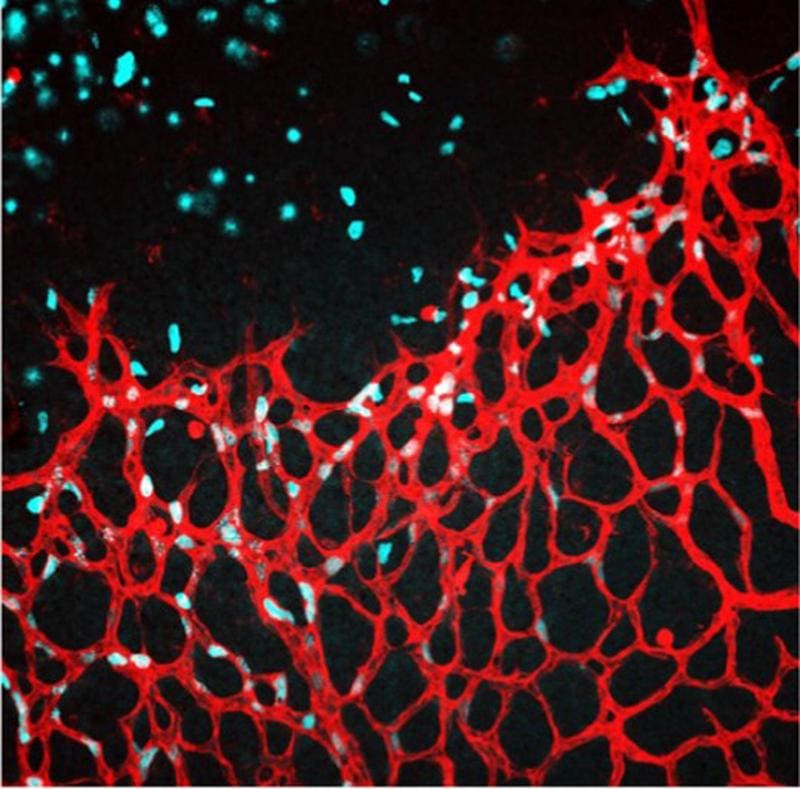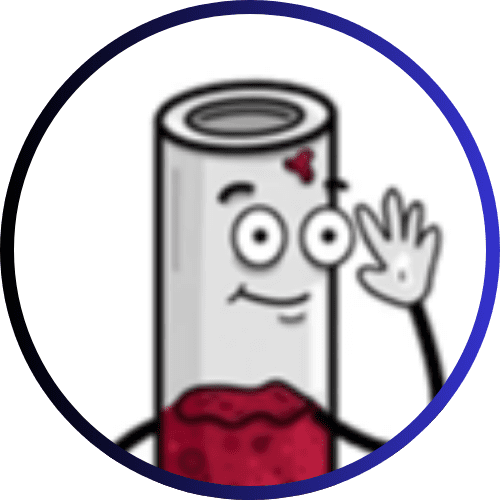Heidelberg researchers reveal role of cystine in vascular growth
Researchers from the Department of Vascular Dysfunction at the Medical Faculty Mannheim of Heidelberg University have discovered an unknown oxidative metabolic pathway in the cell nucleus that controls the growth and repair of blood vessels. This pathway combines cystine with epigenetic gene regulation and opens up new therapeutic options for vascular damage. The results were published in the journal Cell Metabolism.
Cardiovascular diseases such as heart attacks, strokes, diabetes and high blood pressure are among the most common causes of death in Germany. Blood vessels and their lining endothelial cells play a central role in the development of such diseases. Endothelial metabolism forms the basis for tissue regeneration, health and longevity.
Cystine, consisting of two cysteine molecules connected by a disulfide bridge, is found in protein-rich foods such as grains, nuts, meat, fish, dairy products and eggs. Although cysteine is not essential and the body can produce it itself, the researchers show that cystine ingested through food is oxidatively degraded in the cell nucleus and is crucial for vascular growth and regeneration of damaged vessels.

The nutrient-dependent mechanism decreases with age, but can be reactivated by supplementing cystine intake. This promotes vascular repair in retinopathy of premature infants, after myocardial infarction and in age-related injuries.
Endothelial cells that are preparing for proliferation import cystine via a solute carrier transporter. In the cell nucleus, cystine forms a complex with cystathionine gamma-lyase (CSE) and pyruvate dehydrogenase, is oxidatively degraded to pyruvate and drives the production of acetyl groups. These acetylate specifically histone H3, loosen the chromatin structure and enable endothelial transcription, leading to proliferation and vascular growth.
The study included a clinical cohort, mouse models in vivo, cell cultures with gene modulation, and extensive vascular analysis.
Original Paper:
Editor: X-Press Journalistenbû¥ro GbR
Gender Notice. The personal designations used in this text always refer equally to female, male and diverse persons. Double/triple naming and gendered designations are used for better readability. ected.




